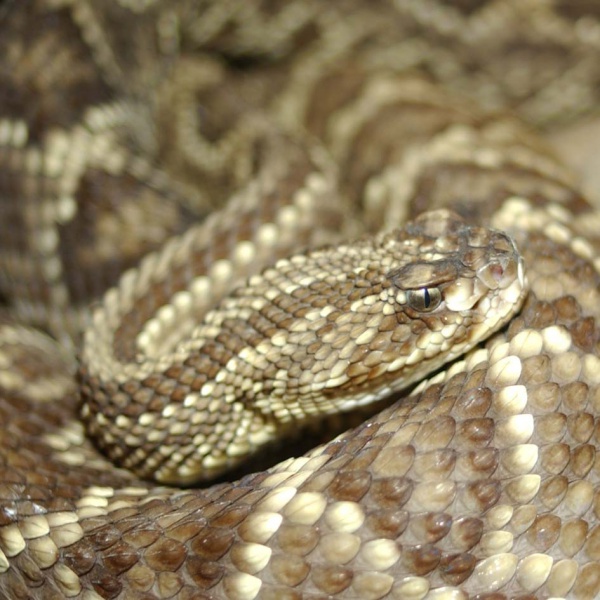Facts About Neotropical Rattlesnake
The Crotalus durissus, commonly known as the South American rattlesnake or tropical rattlesnake, is a highly venomous pit viper found extensively across South America. As the most widespread member of its genus, it poses a significant medical threat in many regions. There are seven recognized subspecies, with the primary one detailed below.
Description
This Neotropical rattlesnake can grow up to 1.9 meters (approximately 6.2 feet) in length, although it typically reaches around 1.5 meters (approximately 4.9 feet). It displays distinct stripes starting at the base of its head, with lighter hues within these stripes.
Geographic Range
Crotalus durissus inhabits various regions of South America, excluding the Andes Mountains. This snake can be found in countries such as Colombia, Venezuela, Guyana, Suriname, French Guiana, and northern Brazil. It is also present on some Caribbean islands.
Habitat
This species favors savannas and semi-arid zones but is highly adaptable, also thriving in scrublands, grasslands, and forests throughout South America.
Venom
The venom of Crotalus durissus is notably dangerous, containing neurotoxins that can induce severe symptoms. These include paralysis, impaired vision, respiratory issues, and potential blindness. The venom also affects skeletal muscles and can lead to systemic complications such as coagulation disorders and shock.
Taxonomy
The Guiana rattlesnake, previously classified as C. d. dryinus, is now considered synonymous with C. d. durissus. Over time, taxonomic revisions have occurred, leading to the reassignment of certain subspecies based on new research findings.

 Mexico
Mexico